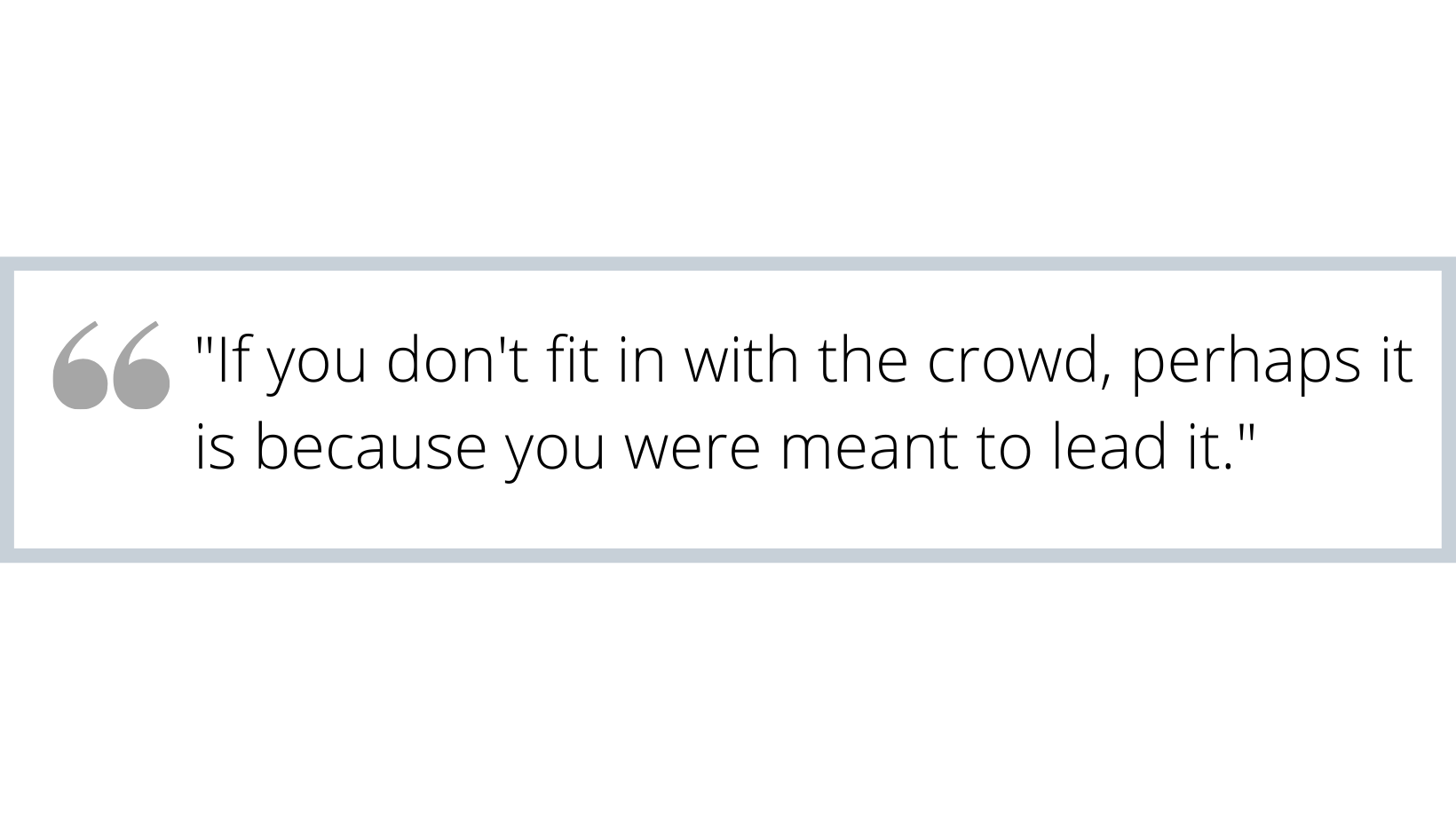Women in IT:
Why they are still outnumbered
and underestimated
Reading time: 7 min | Kristina Rienaecker
08 March 2022

In honor of International Women's Day on March 8, 2022, we want to address a topic where women still remain a minority:
Women in IT.
Even in 2022, they are still a minority in the field of IT. Additionally, they are often undervalued in their abilities. In this blog article, we'll explore why this is the case and why women are so important in this field.
Read the entire article, or jump directly to a category that interests you:
1. A Look into the Past
2. Not Even One Fifth of Women Employed in IT
3. IT Companies Would Like to Hire More Women
4. Why Women Are Underestimated
5. Hope for the Future
Try out the leitzcloud now
See for yourself!
Simply create a trial account!
No payment information required.
Free Trial
1. A Look into the Past
Nowadays, the world of IT has evolved into a male-dominated industry. However, if you take a look back into the history of IT, women were not uncommon in the field.
What many may not know is that the first programmers were women.
In the 80s, working as a programmer was considered a typical women's job. Nevertheless, it was a tedious task for low-status office workers.
However, there were exceptions. One of them was Grace Hopper. She is considered one of the first female pioneers in computer science. She worked with the world's first fully electronic computer, the "Mark I". She was largely responsible for naming the compiler "Bug". Moreover, she believed that women possessed better programming skills, as it required patience and an eye for detail.
Therefore, Grace Hopper referred to women as "natural talents" in programming. One of her colleagues, Margaret Hamilton, confirmed Hopper's statement 17 years later. Without Hopper's developed on-board flight software, the Apollo 11 moon mission would have failed in 1969.

2. Less than one-fifth of women are employed in the IT industry
Despite the clear influence of Grace Hopper on the IT industry, the reality in 2022 is different. Only 18 percent of workers in the German IT industry are female. This translates to less than one-fifth of women.
But why do so few women choose the IT industry when programming was considered a "typical women's job" in the first half of the 20th century?
One important factor could be upbringing and education. Additionally, prejudices still play a role.
According to expert Ursula Köhler, boys in Germany are certainly more likely to be encouraged to handle technical toys than girls, and this effect is further amplified throughout upbringing and education.

3. IT companies would like to hire more women
Even though men dominate the IT industry, many employers would like to hire more women. Not just to eliminate the shortage of skilled workers, but much more to positively influence the work environment through women.
The President of the digital association Bitkom, Achim Berg, confirms that many companies are actively searching for female employees, as experience shows that teams of women and men usually collaborate more creatively and communicatively, thus making the company more economically active.
One of his studies shows that eight out of ten companies with more than 200 employees would like to hire more women.

4. Why women are underestimated
Even in the 21st century, gender stereotypes are still prevalent in the workplace. This is also the experience of manager Simone Menne, who is responsible for the supervisory boards of four different large companies and also mentors female students.
According to Menne, girls are already socialized at a young age to be better at languages and communication than math or information technology. Therefore, they may have less interest in computer science.
CSU politician Dorothee Bär also believes that girls are told that subjects such as mathematics are not as important for girls. As a result, only a very small number of female high school graduates choose to study computer science.
According to Bitkom, in the calendar year 2019, the total number of students studying computer science in the first semester was 77,915, of which 19,569 were female. This corresponds to only 25 percent.
This distribution has hardly changed in recent years.

5. Hope for the Future
But what can be done to encourage more women to choose a career in IT? Many women are afraid of the "male-dominated" world of IT, even if they have the same qualifications. To attract a higher proportion of women, companies should showcase their female technical and managerial staff in their communication and public image.
Female role models can attract more female applicants and also have a positive impact on the company's image. Experts also emphasize the need to encourage and consider women for promotions and to support their development in order to take up leadership positions.
Moreover, "diverse teams" are more creative and significantly more communicative in work processes, as demonstrated by the McKinsey study Delivering Through Diversity. Many companies also want to offer women the opportunity to have the necessary flexibility to balance their work, family, and leisure.
This can be achieved by designing work models that enable a balanced work-life balance, such as remote working, flexible working hours, or childcare facilities.
Targeted training and development opportunities should also be provided for female talent, including for the next generation of women. Additionally, universities and colleges often offer trial programs for prospective female students.
Ultimately, the IT industry is still dominated by men. However, it is expected that more and more women will choose a career in IT in the coming years. International Women's Day exists not only to remember the fight for equality, but also to emphasize that every woman can achieve it, even if they are in the minority.
As Marilyn Monroe once said:
"If you don't fit in with the crowd, perhaps it is because you were meant to lead it."


Sources:
Where are the women in IT? (Accessed: 08.03.2022)
Grace Hopper (Accessed: 08.03.2022)
In computer science lecture halls, the proportion of women is one quarter (Accessed: 08.03.2022)
3 good reasons for more women in IT (Accessed: 08.03.2022)
Why the IT industry needs more young women (Accessed: 08.03.2022)
Women in IT: How we and our clients benefit (Accessed: 08.03.2022)
Test all functions of the leitzcloud for 14 days free of charge!